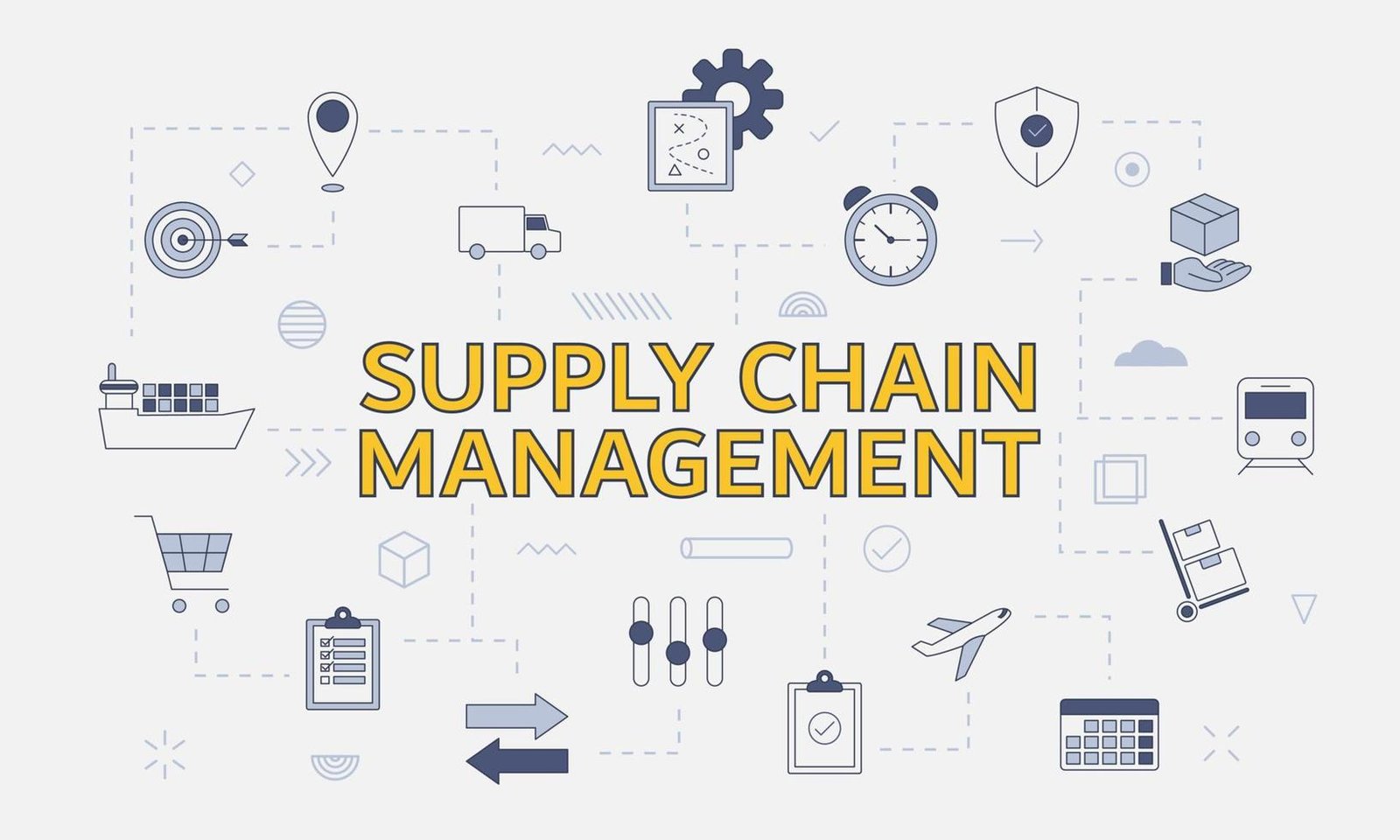In today’s global marketplace, organizations strive to demonstrate their commitment to quality, efficiency, and continuous improvement. One of the most recognized ways to achieve this is through certification ISO. The International Organization for Standardization (ISO) provides a framework that helps businesses enhance their processes, improve customer satisfaction, and gain a competitive edge. This comprehensive guide will explore the significance of ISO certification, the various standards available, the certification process, and the benefits it offers.
Understanding ISO Certification
a. What is ISO Certification?
ISO certification is a formal recognition that an organization’s management system, manufacturing process, or service quality meets the requirements of a specific ISO standard. These standards are developed through a consensus-driven approach by international experts, ensuring they are applicable across various industries and sectors. Certification is typically granted by third-party organizations known as certification bodies, which evaluate the organization’s compliance with the relevant standard.
b. The Importance of ISO Standards
ISO standards are essential for several reasons:
- Global Recognition: ISO certification is recognized worldwide, which enhances an organization’s credibility and reputation in international markets.
- Benchmarking: ISO standards provide benchmarks for performance, allowing organizations to compare their practices with industry best practices.
- Customer Trust: Certification signals to customers that an organization is committed to quality, safety, and continuous improvement, fostering trust and loyalty.
Popular ISO Standards
ISO has developed numerous standards catering to various industries and sectors. Some of the most popular ISO standards include:
a. ISO 9001: Quality Management System
ISO 9001 is the most widely recognized standard, focusing on quality management systems. It helps organizations improve customer satisfaction by enhancing their processes and ensuring consistent product and service quality. Key principles include:
- Customer focus
- Leadership
- Engagement of people
- Process approach
- Improvement
- Evidence-based decision-making
- Relationship management
b. ISO 14001: Environmental Management System
ISO 14001 provides a framework for organizations to manage their environmental responsibilities effectively. It helps businesses minimize their environmental impact, comply with regulations, and enhance their sustainability efforts. Core elements include:
- Environmental policy
- Planning for environmental aspects
- Implementation and operation
- Checking and corrective action
- Management review
c. ISO 45001: Occupational Health and Safety Management System
ISO 45001 focuses on ensuring safe and healthy workplaces. It provides a framework for organizations to identify and mitigate occupational health and safety risks, enhance employee well-being, and comply with regulations. Key aspects include:
- Leadership and worker participation
- Hazard identification and risk assessment
- Incident investigation and reporting
- Continual improvement
d. ISO 22000: Food Safety Management System
ISO 22000 is designed for organizations in the food industry. It ensures that food safety is managed effectively throughout the food supply chain. The standard emphasizes the importance of:
- Hazard analysis and critical control points (HACCP)
- Communication along the food chain
- Continuous improvement
e. ISO 50001: Energy Management System
ISO 50001 focuses on energy management, helping organizations improve their energy efficiency and reduce their environmental impact. This standard promotes:
- Establishing energy policies
- Setting energy objectives and targets
- Monitoring and measuring energy performance
- Continual improvement
The ISO Certification Process
Achieving ISO certification involves several key steps. Understanding this process can help organizations navigate their certification journey more effectively.
a. Step 1: Initial Assessment
The first step is conducting an initial assessment of the organization’s current management system against the relevant ISO standard. This assessment helps identify gaps and areas for improvement.
b. Step 2: Management Commitment
Leadership commitment is crucial for successful certification. Top management should actively support the ISO initiative, allocate necessary resources, and promote a culture of quality and continuous improvement within the organization.
c. Step 3: Developing an Implementation Plan
Organizations should develop a detailed implementation plan that outlines the steps needed to achieve compliance with the ISO standard. This plan should include timelines, responsibilities, and required resources.
d. Step 4: Training and Awareness
Training employees on the requirements of the ISO standard and the organization’s policies and procedures is essential. This training fosters awareness and engagement, ensuring that everyone understands their role in achieving certification.
e. Step 5: Documenting Processes
Organizations must document their processes, policies, and procedures in line with the ISO standard. This documentation serves as evidence of compliance and helps ensure consistency in operations.
f. Step 6: Implementing the Management System
With the necessary documentation in place, organizations can implement their management system. This involves integrating the new processes into daily operations and ensuring that employees adhere to them.
g. Step 7: Conducting Internal Audits
Before seeking external certification, organizations should conduct internal audits to assess compliance with the ISO standard. This process helps identify areas for improvement and ensures readiness for the certification audit.
h. Step 8: Certification Audit
Once the organization is prepared, it can engage a certification body to conduct the certification audit. The auditors will evaluate the organization’s compliance with the ISO standard and determine if certification can be granted.
i. Step 9: Continuous Improvement
After achieving certification, organizations must focus on maintaining and continually improving their management system. This involves regular reviews, internal audits, and ongoing employee training.
Benefits of ISO Certification
Achieving ISO certification offers numerous advantages for organizations, contributing to long-term success and sustainability.
a. Enhanced Quality and Efficiency
ISO certification helps organizations improve their processes, leading to higher quality products and services. Streamlined operations increase efficiency, reduce waste, and enhance overall performance.
b. Increased Customer Satisfaction
By focusing on quality and consistency, organizations can enhance customer satisfaction. ISO certification demonstrates a commitment to meeting customer needs, fostering trust and loyalty.
c. Access to New Markets
ISO certification can open doors to new business opportunities, especially in international markets where certification is often a prerequisite for doing business. It enhances credibility and competitiveness.
d. Improved Risk Management
Implementing ISO standards helps organizations identify and mitigate risks associated with quality, safety, and environmental impact. This proactive approach enhances overall risk management.
e. Regulatory Compliance
ISO certification helps organizations comply with relevant regulations and standards. This reduces the risk of legal issues, fines, and penalties associated with non-compliance.
f. Employee Engagement and Morale
ISO certification fosters a culture of quality and continuous improvement, leading to increased employee engagement and morale. Employees who understand their roles in achieving certification are more likely to take ownership of their work.
g. Better Supplier Relationships
ISO certification encourages organizations to establish better relationships with suppliers, ensuring that they meet quality and safety standards. This can lead to improved collaboration and communication.
h. Sustainability and Environmental Responsibility
ISO standards promote sustainability and environmental responsibility, helping organizations reduce their environmental impact. This commitment can enhance brand reputation and attract environmentally conscious customers.
Challenges in Achieving ISO Certification
While certification ISO offers numerous benefits, organizations may face challenges during the certification process. Understanding these challenges can help organizations prepare and mitigate potential issues.
a. Resistance to Change
Employees may resist changes to established processes and practices. Effective communication, training, and engagement strategies can help overcome resistance and foster a culture of continuous improvement.
b. Resource Constraints
Small and medium-sized enterprises (SMEs) may struggle with limited resources for implementing ISO standards. Organizations should explore cost-effective solutions and seek assistance from ISO consultants if needed.
c. Complexity of Standards
ISO standards can be complex, and organizations may find it challenging to understand the specific requirements. Engaging an experienced ISO consultant can help simplify the process and provide valuable insights.
d. Time Commitment
Achieving ISO certification requires a significant time commitment from employees and management. Organizations should allocate sufficient time and resources to ensure a successful certification journey.
Conclusion: The Path to Success through ISO Certification
ISO certification is a strategic investment that can unlock numerous benefits for organizations. By committing to quality, efficiency, and continuous improvement, businesses can enhance their reputation, increase customer satisfaction, and achieve long-term success. The comprehensive guide provided in this article outlines the significance of ISO certification, the various standards available, and the steps involved in the certification process. By understanding the benefits and challenges of ISO certification, organizations can navigate their certification journey more effectively and unlock their full potential in today’s competitive marketplace. Whether you are a small business or a large enterprise, ISO certification is a pathway to success that can help you stand out and thrive in your industry.







Leave a Reply